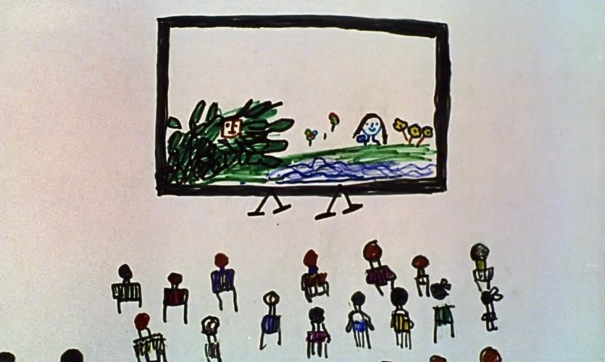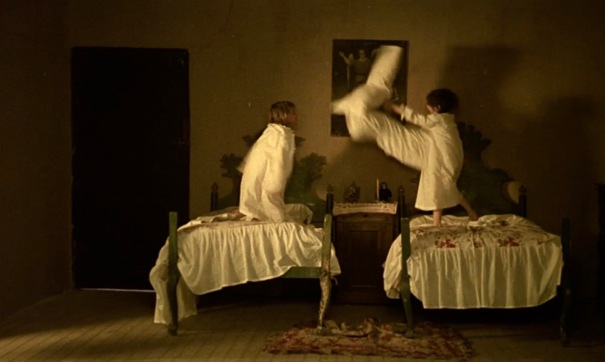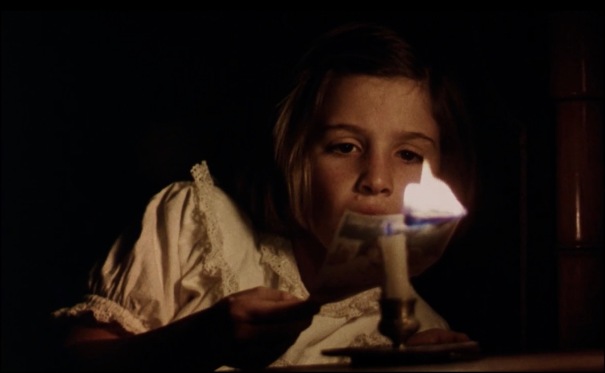
As my generation trudges ever forward year by year, there is a creeping and growing sense of nostalgia that overcomes us with each passing birthday. The never-ending “90’s kid” retrospectives on the internet filled with pictures of old video game consoles, Toys R Us toys, commercials, movies, celebrities, and sports events don’t make reconciling with the fact that our childhood and innocence is gone for eternity and will never come back any easier. Is that too dark?
Nevertheless, nostalgia is arguably the strongest agent of emotion in human beings. What we’ve experienced and lived through is our deepest connection to ourselves. This is especially true for our childhood when we’re still shielded and safeguarded and it seems like life is a cool breeze of care-free afternoons, exciting summer vacations, and instant food anytime anywhere delivered by mom. The longing for the “simpler” or more innocent times is something humans do with social life as well as politics and art. How many times have you heard politicians talking about taking our discourse back “to a simpler time” before everything got all screwed up, or critics saying “they don’t make ’em [movies/tv/literature] like they used to!”. Some of these have more nefarious intentions than others, but in general, we tend to fall into line behind the idea that hindsight is twenty-twenty and the way things used to be was always in many ways ‘better’ than the way things are.

In art, particularly cinema, this emotion of nostalgia is the most potent connection formed between filmmaker and viewer. Our longing for a particular time or place or general memory of an area or event is a human trait that great filmmakers observe and pick at with an incredible precision and good intentions. It is where melodrama, fear, joy, and pain are all extracted from and used to build connections with characters and places. A recent filmmaker who’s sparse but utterly brilliant body of work I recently became acquainted with is Spanish filmmaker Victor Erice. A filmmaker adroit in his ability to evoke a very overwhelming sense of time and place, Erice’s cinema is the ultimate embodiment of nostalgia in art.
Playing along the same wavelengths as Terrence Malick in regards to textures and themes of youth and abandonment, as well as a very personal connection to his home country’s culture, politics, and daily life, Erice’s The Spirit of the Beehive, regarded the world over in cinema circles as a undeniable masterpiece, centers around a small Spanish village in Francoist Spain in which a young girl name Ana becomes disturbed and entranced by her viewing of Universal’s 1931 adaptation of Frankenstein. A particular infamous scene in the 30’s horror classic features the monster and a young girl throw daisies into the river and the monster, fascinated by the idea of using his hands to “throw”, picks the young girl up and throws her into the water as well. She subsequently drowns and dies. The historical symbolism of this scene in the context of The Spirit of the Beehive‘s fascist Spain setting aside, the crux of the film’s power in Ana beholding this sequence comes from our own experience witnessing cinema for the first time. The first time we saw moving images in the form of a story, how were we emotionally altered by its presentation and what did it mean to us? I remember the first movie I ever watched was Disney’s Snow White and the Seven Dwarfs and it was the first time I truly became terrified and disturbed by a fictional character (the witch with the poisoned apple).

As kids, one of the lessons we always learn is to “face our fears”. It is a necessity of growing up and every adult tells you it prepares you for the horrors of the real world. Many of the fears are actually much more elaborate, real world fears which we manifest in things closer to ourselves. This theme is repeated throughout coming of age tales, many times as symbolism for the turbulent political affairs of the country at the time. In Erice’s film, Ana is haunted by the interaction of the monster and girl, and the movie’s plot, though it’s really more of a loose string of painterly movements, focuses on Ana’s obsession with finally finding and confronting the monster from the film that haunts her dreams. It’s not inconceivable that Ana’s tussle with Frankenstein was meant by Erice to represent the Spanish populace’s ultimate reality of having to confront the fascist takeover by dictator Francisco Franco. Nostalgia often places these circumstances and events in a rose-tinted light. We do it all the time now in our political spheres, framing our upbringing under the Clinton and Bush administrations as times of much less political intervention despite the fact that even they were in perpetual war with foreign nations. The difference is, back then we didn’t have reason to care. Likewise, in The Spirit of the Beehive, the notion of Franco exists only in small clues such as the rationing of food, the opening scroll, the time-period of the film, and the encounter Ana has with a rebel soldier. But Ana is still very much shielded in her village from any notion of a fascist leader wreaking havoc and despair in his own country. Her preoccupation lies within her childhood experiences of make-believe, much like the young Ofelia in Guillermo Del Toro’s Pan’s Labyrinth.

While Erice’s debut was concerned with the memory of fear, his second film El Sur (English: “The South”), much greater in my estimation and much more pronounced in its ability to evoke the passage of time and its nostalgic effects, focuses on the memories of family, or in particular, father figures. Reflective of his debut, the film centers around yet another young girl, this time named Estrella, in the backdrop of yet another tumultuous time in Spanish history, the Spanish Civil War. Estrella’s father’s disappearance to fight in the war shapes her view of him as she comes of age as a young lady. Her experiences of youth with him are a constant projection in the back of her mind, and her search to finally meet him again shapes the basis of the film. Erice’s ideas of memory are deeply rooted in the characters’ own thoughts and words, but his painterly depictions of Spain play as an additional vehicle of “remembrance” as if the world his characters inhabit is a Spain of a time gone by even for them.

Perhaps the most quintessential sequences in El Sur center around Estrella going to bed and waking up. Many conversations about her father’s past, which she has with her nanny, and conversations of the Spain from before her time are recounted as relics which shapes her present life. The ideas of nostalgia can also be many times cruel, as Estrella comments on the war and the meanness of her grandfather towards her father. Perhaps then, the fondness we feel for our past is revisiting even the less than comforting events with a fresh set of eyes and confronting them with an added confidence. As Estrella’s nanny states, “even the wildest of animals tame with age”. Perhaps it is our nostalgia that does it.